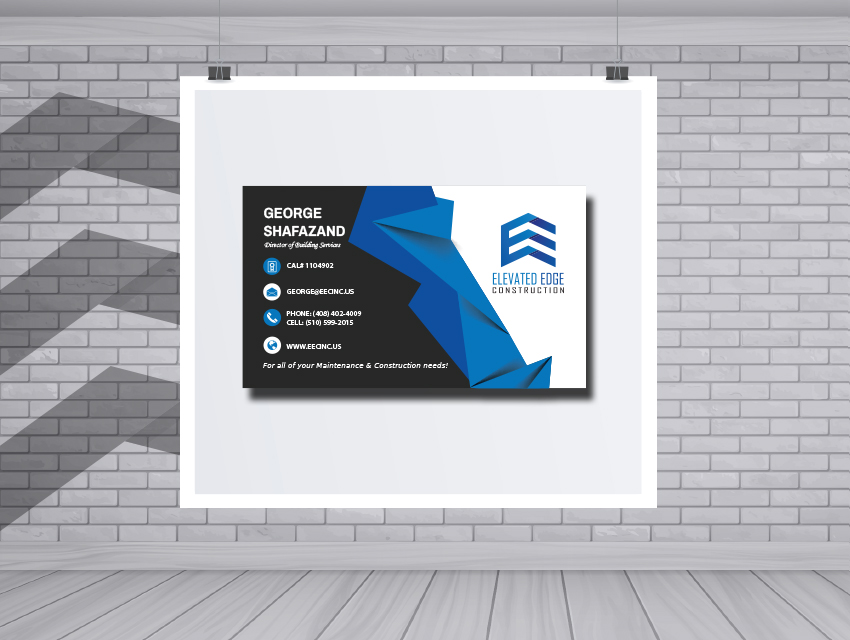How Websites are Designed

Website design has come a long way since the early days of the Internet. From basic HTML pages to dynamic and visually stunning websites, the process of designing and building websites has evolved significantly. In this article, we'll explore the different types of code used, the various applications employed by web developers, and the remarkable advancements in web design, including the integration of artificial intelligence (AI).
The Foundation: Types of Code
At the core of every website lies a foundation of code that makes it function and appear as intended. Let's delve into some of the most common types of code used in web design:
-
HTML (Hypertext Markup Language): HTML provides the structure and semantic meaning to web content. It defines the layout, headings, paragraphs, links, and other elements on a webpage.
-
CSS (Cascading Style Sheets): CSS determines the visual presentation of a website, including its colors, fonts, spacing, and overall aesthetics. It complements HTML by styling and positioning the content.
-
JavaScript: JavaScript is a versatile scripting language that adds interactivity and dynamic features to websites. It enables functions like form validation, animations, and real-time updates.
-
PHP (Hypertext Preprocessor): PHP is a server-side scripting language that facilitates dynamic web content generation and interaction with databases. It powers numerous popular websites and web applications.
Writing the Code: Web Development Applications
Web developers utilize a range of applications and tools to write, organize, and test their code efficiently. Here are some widely used web development applications:
-
Sublime Text: A lightweight and feature-rich code editor known for its simplicity and extensibility.
-
Visual Studio Code: A popular and powerful code editor with advanced features, extensions, and strong debugging capabilities.
-
Atom: A highly customizable code editor that offers a rich ecosystem of plugins and themes.
-
Brackets: An open-source editor specifically designed for web development, with live preview and real-time collaboration features.
-
Notepad++: A lightweight text editor with syntax highlighting and other basic coding features.
The Evolution of Web Design
Web design has witnessed remarkable progress, driven by technological advancements and changing user expectations. Some key developments include:
-
Responsive Web Design: With the rise of mobile devices, websites needed to adapt to different screen sizes. Responsive web design emerged, ensuring optimal user experience across various devices.
-
Mobile-First Design: As mobile usage skyrocketed, web designers shifted their focus to mobile users, prioritizing mobile-friendly layouts and functionalities.
-
Interactive Elements: Websites started incorporating interactive elements such as animations, transitions, and immersive experiences, enhancing user engagement and enjoyment
-
Single-Page Applications (SPAs): SPAs load content dynamically without requiring full page reloads. This approach offers smoother and more seamless browsing experiences.
The Rise of AI in Web Design
Perhaps one of the most exciting advancements in web design is the integration of artificial intelligence. AI has transformed various industries, and web design is no exception. Today, AI can automatically generate websites based on a simple prompt or predefined templates, reducing the need for extensive coding knowledge.
"Using AI to automate website creation has revolutionized the industry, making it more accessible to individuals and businesses alike."
SavePro Designs, a leader in web design, has harnessed the power of AI to provide automated website creation services. By leveraging AI algorithms, they empower users to generate customized websites swiftly and effortlessly, opening up new possibilities for businesses and individuals alike.
If you're interested in exploring AI-driven web design further, visit SavePro Designs' BuilderNow Product to learn more.
In conclusion, the landscape of website design has witnessed tremendous growth over the years. From the foundation of code to the advent of AI-driven website creation, web design continues to evolve, enabling more intuitive, interactive, and accessible online experiences for users.




